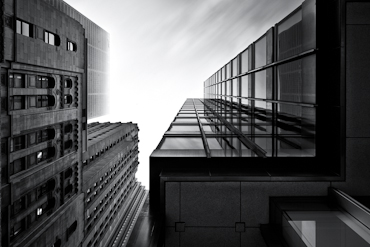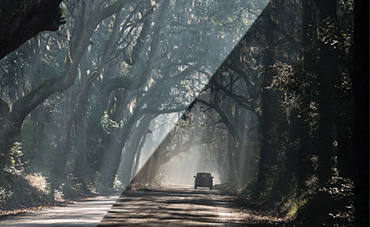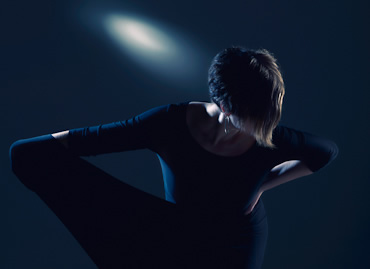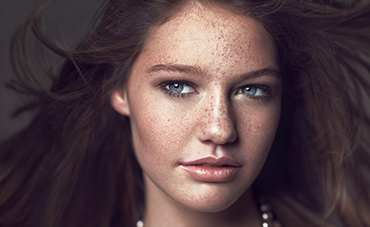 As I comb through various forums on architecture or landscape photography, a recurring question keeps popping up: “Is it technically bad to use HDR?”. The reason this question exists in the first place is that over time a certain stigma has gotten attached to HDR because of people recklessly abusing it. Photography sites are absolutely littered with over processed, unrealistic and downright foul looking HDR images and because of people (like myself) that complain about such a thing, we’ve begun to think that it’s this evil force that must be eradicated from the photography world. It doesn’t have to be like this though. HDR is simply the process of taking multiple exposures to extend the dynamic range in an image of a particular scene. Nowhere does it say that the image must look over processed or unrealistic, it’s simply an ugly side effect because HDR software allows it. Most often, HDR images are given this exaggerated treatment simply to compensate for a poor composition or boring subject. Therefore, if people simply took better pictures to begin with, they wouldn’t have to reduce themselves to such trickery. On occasion even a heavily processed HDR is OK provided it suits the scene or helps to evoke a feeling, but it can’t compensate for a lousy starting point.
As I comb through various forums on architecture or landscape photography, a recurring question keeps popping up: “Is it technically bad to use HDR?”. The reason this question exists in the first place is that over time a certain stigma has gotten attached to HDR because of people recklessly abusing it. Photography sites are absolutely littered with over processed, unrealistic and downright foul looking HDR images and because of people (like myself) that complain about such a thing, we’ve begun to think that it’s this evil force that must be eradicated from the photography world. It doesn’t have to be like this though. HDR is simply the process of taking multiple exposures to extend the dynamic range in an image of a particular scene. Nowhere does it say that the image must look over processed or unrealistic, it’s simply an ugly side effect because HDR software allows it. Most often, HDR images are given this exaggerated treatment simply to compensate for a poor composition or boring subject. Therefore, if people simply took better pictures to begin with, they wouldn’t have to reduce themselves to such trickery. On occasion even a heavily processed HDR is OK provided it suits the scene or helps to evoke a feeling, but it can’t compensate for a lousy starting point.
The above image is an HDR that I shot it with three exposures, two stops apart and then hand blended them through layer masks in Photoshop. In this case I took the hand blended approach because I wanted maximum control over which elements are drawn out of a specific exposure, but that’s not to say that I don’t use HDR software such as HDR Efex or Photomatix. In fact, I use them quite extensively but my goal is always to show something that might otherwise not have been there if not for multiple exposures, and I’ll use whichever tool helps me achieve that end in the easiest way possible. HDR is just a technique on the way to a good image, nothing more. If someone chooses to abuse it and produce a lousy image then that’s their choice, but it doesn’t make HDR itself the culprit.
The important thing to remember is that the tool is there and should be used to help you achieve the shot you had in mind when you first took it. It’s a vehicle for getting you somewhere you otherwise could not get. How you get there is unimportant, the only thing that matters is the outcome. Nobody will judge the end result and mock it because you used 3 exposure to achieve it, they’ll only mock you if its a bad shot.




